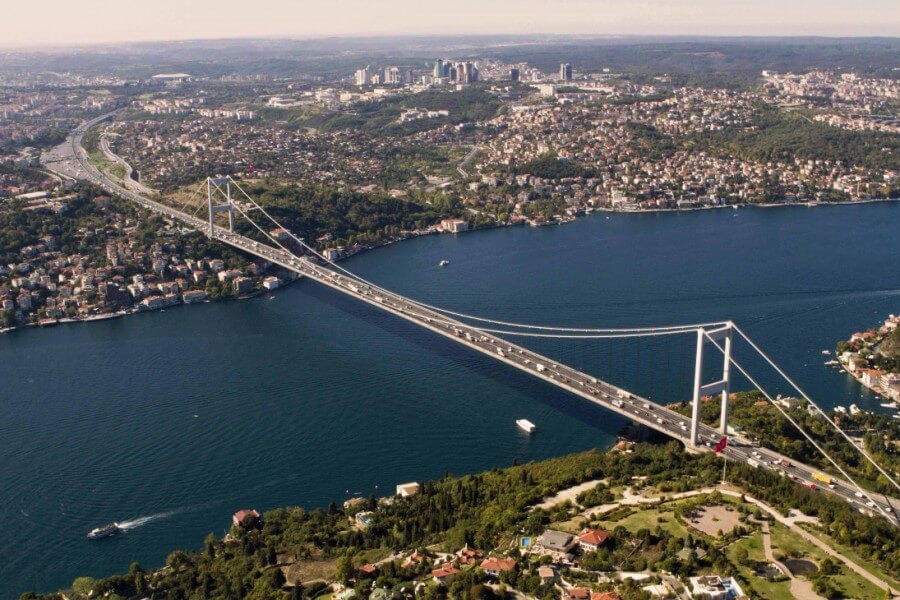Republican Period and New Istanbul

After the finish of the attack, Istanbul entered another period with the revelation of the republic.
Losing the Capital Title
Istanbul, which was a cash-flow to three awesome realms, left this title to Ankara. The populace, which was around 850 thousand when the new century rolled over, diminished to 700 thousand in the populace evaluation of 1927 with the turn towards Republican Period.
While the endeavors for westernization were moved to Ankara in social, political, conservative, compositional and ideological regards, Istanbul was truly ignored. Furthermore, Istanbul, in its history of more than two thousand years, began to be administered from the outside surprisingly. A great deal fewer assets than it created were assigned to the city, which kept on being the conservative and business focus.
In this period, no work was finished with respect to urban arranging. There were just changes which mirrored the philosophy of the crisp state; changing of the road names, distribution of structures of Ottoman administration and domain for new capacities, St.Sophia’s transforming into a historical center, majestic associations being opened to benefit with new names and objects were simple typical exercises amid the period.
St. Sophia Museum
To start with Moves of Urban Planning
The principal moves with respect to Istanbul’s urban arranging began when Adnan Menderes, pioneer of the Democratic Party, was in power. Social developments beginning after the 1950s and a populace blast brought about distracted design development in Istanbul. The present day city picture conceived by Democratic Party officials added to the advancement. The streets, which were propelled to benefit disregarding the devastation of the recorded city, changed the texture of the city.
In the vicinity of 1950 and 1960, numerous fundamental expressways were opened to open administration and as of now dynamic ones were extended. At the point when those streets were being opened to open administration, a huge number of structures were destroyed. Numerous chronicled destinations were harmed. Many gems were either exchanged or obliterated. Likewise in this period, significant structures were developed which mirror the adjustment in city’s engineering canvas, for example, the Municipality, Hilton Hotel, and Divan Hotel.
Between the years 1950 – 1960, Istanbul did not experience any striking urban arranging. This did not happen until the 1970s after the urbanization works in Democratic Party period were for quite some time settled in.
Bosphorus and Fatih Sultan Mehmet Bridges
In 1973, Bosphorus Bridge was opened to benefit. The Bosphorus Bridge, with its encompassing methodology ways, brought on the rise of new settlements and new fields of productivity in the areas of the city.
After the 1980s, a moment settlement plan was put enthusiastically, however it was not as exhaustive as the first. The leeway of mechanical organizations from The Golden Horn, the opening of Fatih Sultan Mehmed Bridge in 1988 as the second extension over Bosporus, Tarlabaşı Boulevard, heaped street in European side of Bosphorus, the drift amongst Kadıköy and Bostancı’s being filled and transformed into a roadway, express cable car, and a metro extend between Taksim-Levent were the real works in this arrangement. Likewise in those years, the relocation to Istanbul progressively picked up speed. The city was encompassed by shanty towns and shabby helpful houses.
The Opening of Fatih Sultan Mehmed Bridge
The 1980s saw modern organizations moved out of the city. Because of the promotion of the common gas, organize and fastidious controls in coal utilization, occupants of Istanbul carried on a winter of serenity with respect to air contamination. Likewise, the water supply issue, a standout amongst the most alarming issues of the city, was taken care of generally subsequently of the work of new offices of water supply and new speculations on water softening and its circulation.




No Comments